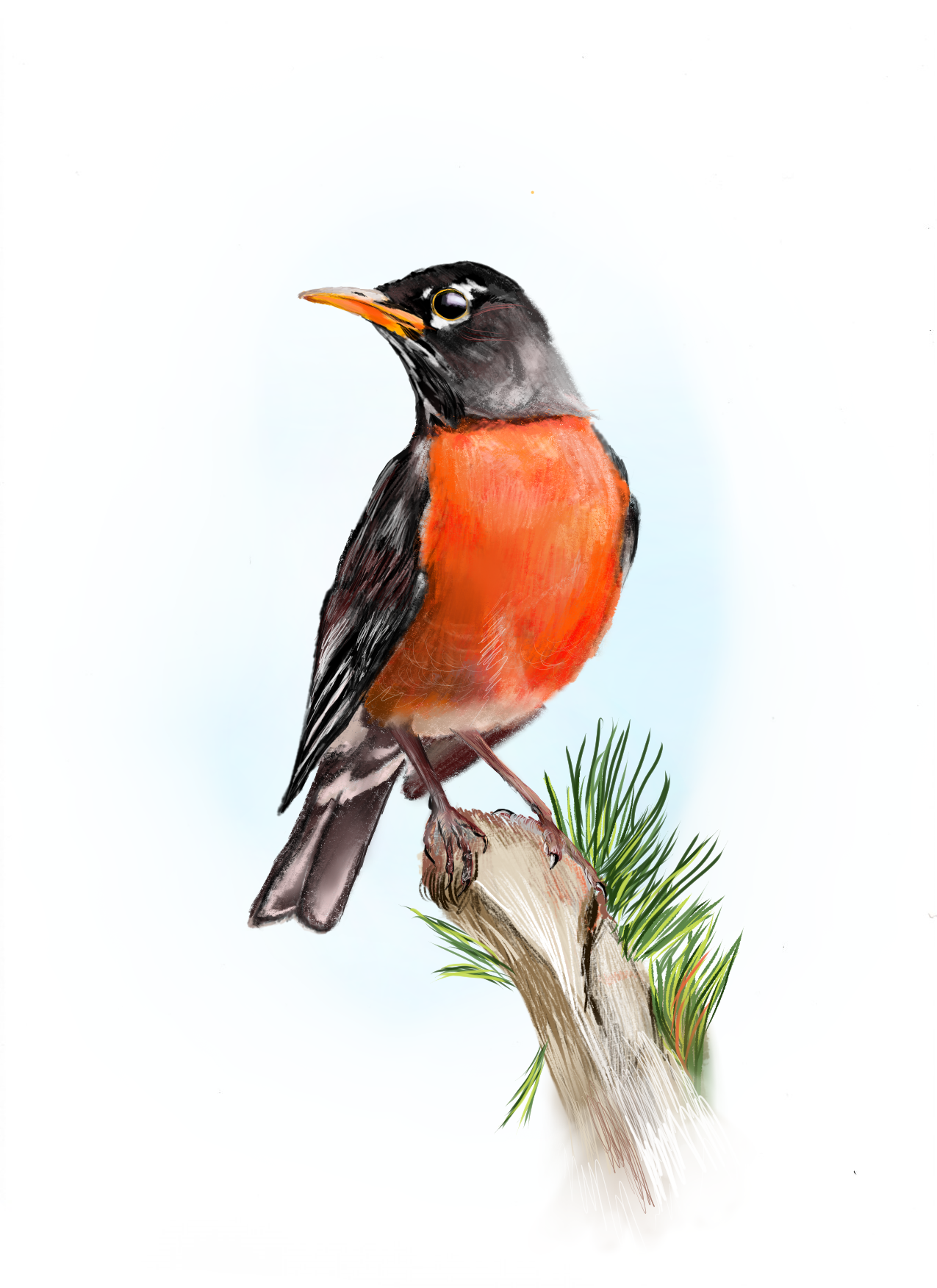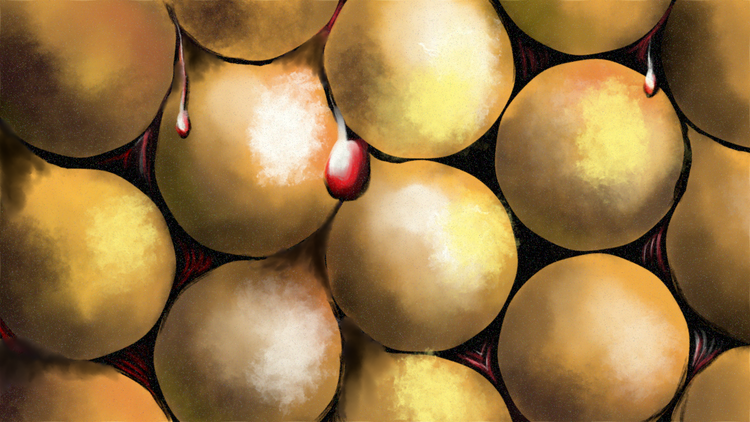
Running Commentary 7/12/2021
Hello,
I made my annual trip to the Shiawassee National Wildlife Refuge this past week. There is significantly less water there this year compared to last year, and significantly fewer birds about. Still, I saw quite a few things, including a family of coots and two black-crowned night herons, one juvenile and one adult; I'd never seen a night-heron in the wild before, so that was neat.
Anyway...
Watching...

The Tomorrow War
Amazon Prime Video released a sci-fi movie to kind of mixed reviews, so I decided to check it out for myself. It was entertaining, but a bit underdeveloped. The idea of the last remnants of humanity using a time machine to recruit people from the past to fight against aliens is not a bad premise, but The Tomorrow War didn't do a whole lot with it. I did think that the premise was explained within the film in a way that didn't bog things down. (That only people dead in the future or not born yet in the past can travel through time gets figured out by one of the characters, rather than stated by some scientist, as most movies would do.) That's the movie's strength: it keeps things going forward in every scene, maintaining the sense of urgency a story like this needs.
If I were really trying to be generous, I'd call it minimalist. It features just exactly the elements needed to be a sci-fi action movie, with very little embellishment. But it's not tightly made enough for that, so I'll just call it generic, the Amazon Basics-brand sci-fi action movie.
If you have Amazon Prime, you can watch it. I wouldn't say you shouldn't, but I also wouldn't say you should. 6/10

The Bad Batch
- This episode was a bit of a departure from previous ones, with the title crew only appearing in one scene. I think, though, that focusing on the Syndullas worked better for the story than trying to tell things from the Batch's perspective.
- Star Wars is against confiscatory gun control. :)
- There's another dustup concerning this show retconning books, this time Paul S. Kemp's Lords of the Sith, which had Orn Fre Taa still alive at a later date.

Loki
- This episode was full of references to the comics, a few of which I caught.
- Richard E. Grant put a lot more into his performance as Silver-Age comics Loki than he strictly needed to, but that really made his character shine.
- The big cloud monster is apparently tied to Kang the Conqueror, the time-traveling villain reportedly featuring in the next Ant-Man film. Could he be behind the TVA?
Reading...

This past week I read Jonathan Waldman's Rust: The Longest War, so now it's your turn to guess from the title whether that's a science fiction work or another of my preferred brand of intriguingly mundane non-fiction books. If you're a long-time subscriber to RC you might already know, since I featured an excerpt of this book, published in WIRED, in the curation links a while back. Yes, this book is literally about rust, or corrosion more broadly, actually. It's...more interesting than it might sound, but less interesting than I think Waldman had hoped it would be.
The book is front-loaded with most of the good stuff. The first five chapters deal with things like the restoration of the Statue of Liberty, the development of stainless steel, and the coatings used in aluminum cans (Chapter 4 is the full version of that WIRED piece.) But after that, Waldman started telling us about various people he's met during his research, and I started skimming pages. The science and history all disappeared, replaced with stories of a Star Trek-loving DoD bureaucrat hiring LeVar Burton to appear in rust-awareness videos, or a crowd of disproportionately male, disproportionately mustached people gathering in Salt Lake City to attend a rust prevention expo. The latter half of the book drags through profiles of corrosion engineers who Waldman seems to have met in the hopes that they'd be interesting, and, when none of them were, really, he kept them in the book to justify all the work he did.
There's one good chapter toward the end, about how they clean out pipelines in Alaska while still pumping oil through them, and how they should probably do that more often. Even so, the book's worth reading, if only for the good chapters. My advice is, if you're bored by a chapter, just skip to the next one.
Playing...

The Sisters of Parvos update went live in Warframe this past week. Obviously, I haven't been able to master everything new, but I can give some first impressions.
- The way to spawn a new sister, by scoring at least a tier one win in level 3 Granum void sessions, is problematic, since certain frames are a lot better at Granum void than others. Since a sister's weapon bonus and possible ephemera are determined by which frame a player uses, it really shouldn't matter which frame they pick to spawn a new sister. So far I've been able to spawn a magnetic sister pretty easily using Mesa, and an electric one with a bit more difficulty using Volt. If I wanted a cold one, I'm not really sure what my strategy would be, since none of the cold-spawning frames are particularly good for Granum void.
- Once you have a sister, though, the progression through to defeating her is pretty streamlined compared to the Kuva Liches (although I understand they've adjusted Liches in this update as well. I haven't had the chance to check that out yet.)
- I don't have Yareli yet, and might not for some time. Her quest is based on doing K-Drive tricks, which I am not good at. From what I've heard she's not in a great state at release anyway. I'll keep you posted.
- Melee weapons still work pretty well after the nerf. As I said, the only big changes came to the absolute upper limits of what melee could do, and that's just not where I or most others were playing.
- Ranged weapons are appreciably better using the new mods and arcanes. I haven't been able to test everything, but so far I've actually been able to kill enemies on Steel Path within a reasonable time frame.
- The Tenet Cycron is, as was indicated, the Corpus equivalent of the Kuva Nukor, though that's not to say that it's a pure re-skin with different stats. Its lower, regenerative ammo reserve makes it more of a burst-fire weapon, compared to the Nukor's sustained beam. It, and the post-nerf Nukor, are both still some of the best secondary weapons in the game, due to their ability to pour status effects into crowds.

Bird of the Week
We had the bald eagle last week, and that got me in a patriotic mood that hasn't really faded. So I thought, why not bring it down to the state level and keep things going. That said, the state bird of Michigan does not have quite the same iconic status as the eagle has throughout the U.S. Officially, our bird is the American Robin, but a fair number of people, myself included, would rather another bird be picked. So for the rest of the month of July, we'll be looking at the robin, then another popular candidate, then my own personal pick.

The American Robin is a large thrush found throughout North America, its summer range reaching up to the Arctic and its winder range extending down to Costa Rica. In most of the United States, robins can be found year-round. They are, by some estimates, the most numerous bird in North America, with a population of well over 300,000,000 individuals, although a thorough, systematic census of this widespread bird has never been performed, and hard numbers are thus difficult to state. Robins are generally not wary of people, especially when compared to other American thrushes.
Robins can not only be found in many regions but in many biomes. Whether I've just stepped out my front door, traveled deep into the woods, am driving through farm country, or have arrived at the lakeshore, I always spot robins. The only times I can remember being outside during the summer and not seeing robins have been times I was in real downtown urban areas without much vegetation. Robins nest in trees but eat primarily either on the ground, feeding on insects and earthworms (which they can hear moving underground), or in bushes, where they eat berries. They are not seed-eaters, and thus won't often come to bird feeders, though they do enjoy birdbaths.
Male and female adults look very similar; the males have slightly darker heads. Juvenile robins are paler in front, with spotted plumage reminiscent of robin cousins such as the wood, hermit, and Swainson's thrushes. They hatch from eggs that are a characteristic pale turquoise color.
The American robin, like several Australian and Asian birds, is named after the European robin, a species of Old-World flycatcher with a distinctive orange front. This bird was originally called the "redbreast", then was later given the alliterative and anthropomorphic slang name "Robin Redbreast" ("Robin" being a diminutive form of "Robert"), and finally, the "redbreast" part fell away. European and American robins are not closely related, but both are commonly sighted birds with a reddish-orange color. Linnaeus gave the American robin the same binomial scientists use today: Turdus migratorius, meaning "migratory thrush". In Michigan and other northern states, and in Canada, the trilling song of a robin is prized as a sign of spring. That said, I have seen robins in small huddled flocks still here in January.
The American Robin is the state bird of not just Michigan but also Wisconsin and Connecticut. That's part of the reason I'd like to see Michigan pick another; I'd prefer all 50 states have unique birds. Besides that, robins are ubiquitous throughout North America, and they don't really symbolize anything particularly Michigan-esque. They don't even have any major ties to Michigan history. For instance, our state tree is the Eastern White Pine, a fairly common tree. But logging for white pine was Michigan's first major industry, so it fits. If Michigan didn't have a state bird, I'm not sure anything would make the robin stand out as a good pick.
Curation Links
What Did Ancient Languages Sound Like? | Nicholas Swift, Antigone
You've probably heard of Caesar's famous quotation "Veni. Vidi. Vici", but did you know he would have said it like Pavel Chekov, as "weenie, weedy, weechee"? And his own name would have sounded more like the title of Wilhelm II than that of Cardini's famous salad. But how can we know this for certain, given that audio recording was long in the future back then? In this essay, Nicholas Swift examines the clues historians use to piece together the pronunciation rules of ancient languages.
Solid as the Rock | Timothy Jacobson, The New Criterion
A look at the rock of Gibraltar, a historically pivotal outcropping at the southwestern tip of Europe, standing over the strait linking the Mediterranean to the Atlantic.
Greeks Bearing Gifts | Simon Winchester, Lapham’s Quarterly
For Lapham's Quarterly's latest issue, on Technology, Simon Winchester delivers the preface, a survey of industrial technology from ancient times to the present. Winchester focuses on the shift in the societal mood about new tech, from awe and wonder to apprehension and worry, as advances have come more and more quickly at one another's heels. Winchester draws a great deal, in this piece, on things he covers in greater depth in his book The Perfectionists, which I highly recommend.
The Beyoğlu Municipality Waste Management Orchestra | Kenan Orhan, The Paris Review
[FICTION] In a dystopian Istanbul, a garbage collector's life changes when she finds a pile of handwritten music compositions discarded in a cramped alley.
Ben Burtt | Leonard & Jessie Maltin, Maltin on Movies
{AUDIO] An interview with legendary sound designer Ben Burtt. Topic range from the Wilhelm Scream to the Tarzan Yell, from Burtt's compiling exotic sound clips to bring the lightsaber to life to his manipulating his own speech to voice R2-D2 and WALL-E. (1 hour)






Member Commentary